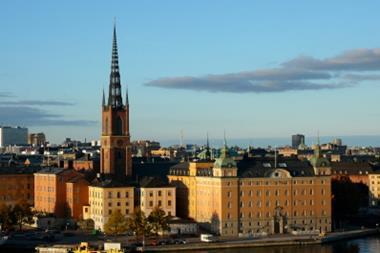The first of Sweden’s mighty pension buffer funds to unveil 2019 results has announced its highest-ever results, generating SEK53bn (€5bn) in a bumper equities year when its holding of Chinese A shares produced a 52.6% return.
Gothenburg-based AP2 also revealed it had increased its strategic weighting to green bonds to 3% last year from 1%, and included climate risk in its overall return assumptions, which form the basis for the choice of strategic portfolio.
The other three of the main four government funds designed to back the Swedish state pension, AP1, AP3 and AP4 – all located in Stockholm – have yet to report 2019 results.
Overall, AP2 said it made a return after costs of 15.9% last year, with total assets growing to SEK381.3bn by the end of December.
Eva Halvarsson, chief executive officer of AP2, said: “All asset classes had a positive return and in particular, the world’s equity markets developed positively.”
The fund’s Swedish equity portfolio returned a total 30.2%, while the developed markets foreign equity portfolio generated 31.7%. Emerging markets equities produced 19.9%.
“The return on Chinese A shares was the fund’s best asset class with an annual return of 52.6%,” Halvarsson said.
Over the years, she noted, AP2 had developed “unique expertise” in analysing the pension system’s development and needs in the future, in order to be able to construct the portfolio that provided the most benefit for the pension system.
“In 2019 we have further supplemented the analysis by including the risks that climate change poses to economic growth,” she said.
In its sustainability report – published alongside the annual report – AP2 said that looking ahead, it would continue to develop the integration of climate risk into its overall asset-liability management analysis.
It also said it aimed to identify the main climate risks and opportunities for more asset classes, sectors and geographies, as well as finding out what their time horizon was.
Having invested in green bonds since 2008 and included the environmentally-linked debt as a separate asset class in its portfolio since 2015, AP2 said it had now decided to lift the strategic allocation to green bonds to 3%, or just over SEK11bn.
“During the year, there was continued strong growth in the market, with more issues and more organisations and companies issuing green as well as social bonds,” the fund said in its sustainability report.
At the end of December, AP2 said it had over SEK14bn invested in green and social bonds.








